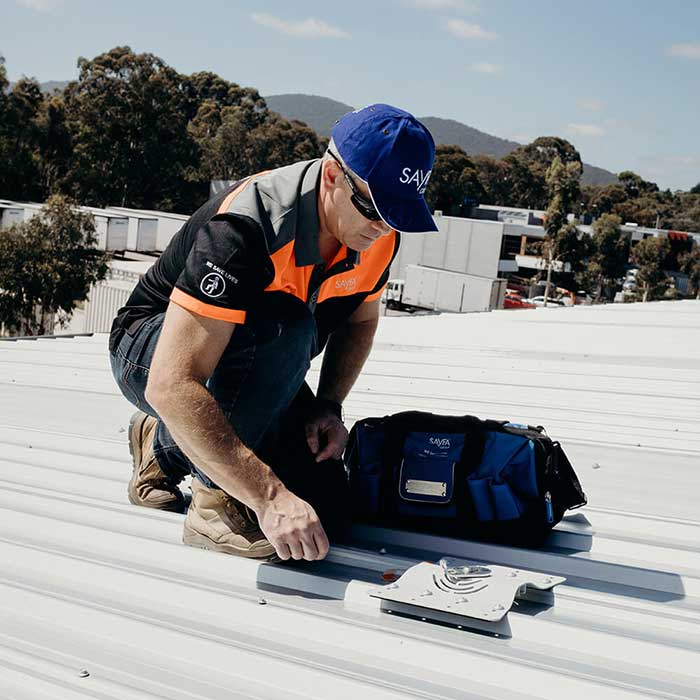Working at height comes with its own set of risks for workers, with falls from height either resulting in serious injuries or even death. So why do building stakeholders underestimate the risks involved, especially when they are not personally executing the work?

Height safety is a critical requirement when your building design requires workers and personnel to work from height. It’s extremely important to understand the hazards involved and take appropriate measures to remove or minimise them.
Here are 5 situations where height safety can potentially be compromised:
1. I’m a building owner. I am not responsible for any subcontractors working on my building roof.
According to Section 19 of the WHS Act, as a Building Owner/Manager/PCBU (Person Conducting a Business or Undertaking), it is your responsibility to ensure as ‘reasonably practicable’, the health and safety of any workers (employees and/or subcontractors) carrying out activities on your building, including tasks involving working at height.
According to the WHS Act, Building Owners/Managers/PCBUs are required to provide a safe working environment, assess and control risks, and ensure adequate training and supervision for workers. Non-compliance with these legal obligations can lead to serious consequences including penalties and even jail time.
With Workplace Manslaughter Laws in force throughout Australia, in the event of a fatality on a worksite, building owners/managers can be fined, charged and imprisoned if they are found to be culpable or negligent.
2. All subcontractors working on my buildings are fully trained in height safety.
Unless otherwise confirmed, you can never take the risk of assuming that all personnel working on your site are trained and skilled in the use of height safety equipment. Check and confirm with the subcontractor that they possess the relevant licences and provide training to their workers. Adequate supervision of all young or inexperienced workers should be ensured, and any work at height should not be carried out in isolation, and must have oversight from a suitably trained person.

You should also provide detailed operating manuals to workers using your equipment on your site to equip them with the required information on safe use.
3. I’m a designer. I am not required to specify compliant fall protection systems.
If you are an architect, engineer or building designer, Section 22 of the WHS Act obliges you to provide designs that do not pose risks to people when working in or around the building structure.
There are several important considerations when you add access and fall protection equipment to your designs. Simply including a few anchors on the roof may seem an easy height safety solution; however, you are required to ensure you have a fully compliant and functioning lifesaving system with meticulous attention paid to design layout, equipment selection, system location, and functionality.
Consult SAYFA for advice on designing a height safety system for your workplace.
4. I already have height safety systems installed at my workplace. Why do I need to invest more time or money?
Your responsibility doesn’t end with installing fall protection systems at your worksite or workplace. They must also be regularly inspected and maintained by authorised personnel, and recertified when required. When you are sending any person up to your roof, please keep in mind that working at heights involves risks to physical safety and must be addressed before start of work.

One important factor impacting the performance of access and fall protection systems, which are mostly installed outdoors, is their exposure to weather extremes resulting in deterioration. Therefore, all equipment must be checked thoroughly before use for potential damage and non-performance. Refer to the manufacturer’s recommendations for maintenance and recertification.
5. I need to access my roof only occasionally. So why should I spend money on access and height safety equipment?
In situations where height safety equipment is rarely used or is too costly to install, building owners may prioritise cost-cutting over safety considerations. However, this thinking can lead to serious consequences, especially in the event of an incident, and the owner could end up with penalties that would cost more than the equipment.
In conclusion, it’s the responsibility of building stakeholders from owners and managers to architects, designers and contractors to prioritise height safety measures at worksites and workplaces so that every worker has the assurance of the highest level of fall protection possible. Budgeting for and spending money on height protection equipment can never be called a wasted expense when human lives are at stake.

